18 Underrated Adventure Spots + 5 That’ll Absolutely Blow You Away
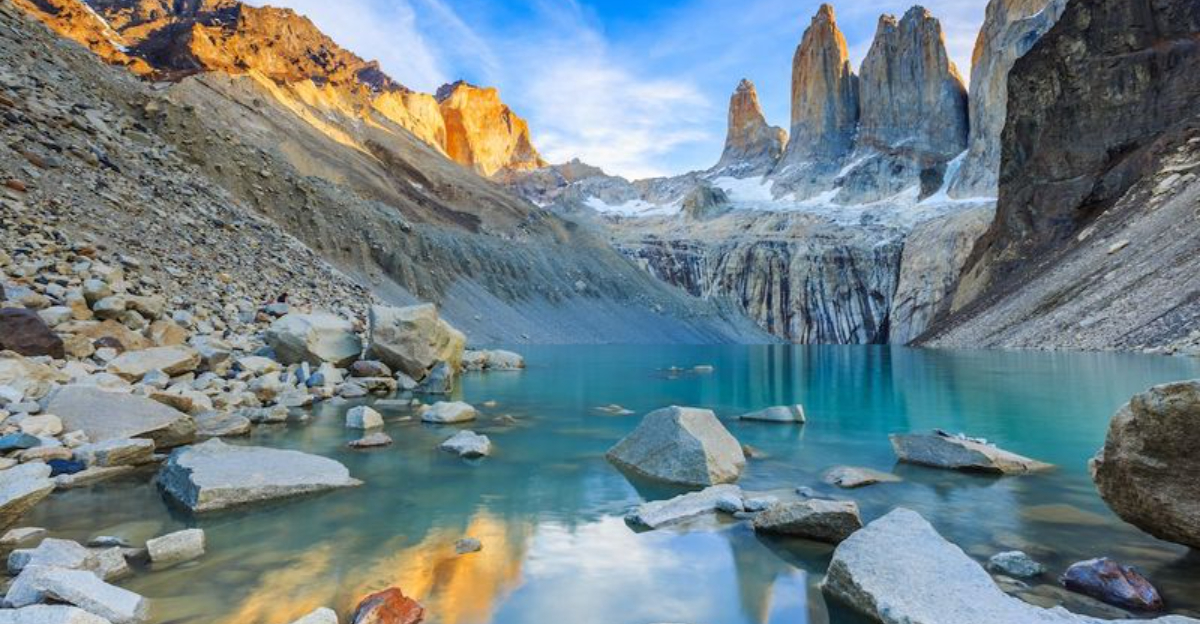
Tired of dodging selfie sticks and long lines just to catch a glimpse of something “iconic”? You’re not alone. The real thrill often lies beyond the guidebook pages—where the landscapes are raw, the stories untold, and the silence makes space for wonder.
I’ve chased waterfalls in forgotten valleys, hiked trails where I didn’t see another soul all day, and stumbled upon villages where time seems to nap in the sun. These under-the-radar spots aren’t just beautiful—they’re soulful.
So, where will your next story begin? These hidden adventures aren’t just trips—they’re the kind of journeys that shift something inside you.
1. Svaneti Mountains, Georgia
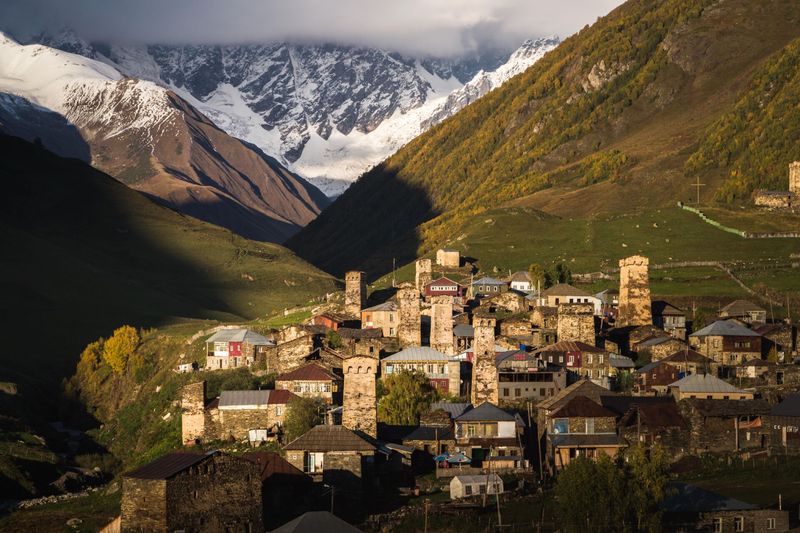
Nestled in the northwest corner of Georgia lies a medieval wonderland frozen in time. Ancient stone towers dot villages where locals still follow centuries-old traditions and customs.
The hiking trails here offer spectacular views of glacier-capped peaks without the crowds you’d find in Western Europe. Mestia serves as the perfect base camp for exploration, with guesthouses offering homemade wine and cheese.
During winter, the region transforms into an affordable ski paradise with pristine powder and virtually no lift lines. The authentic cultural experience combined with raw natural beauty makes Svaneti a true hidden gem for adventurous travelers.
2. Aysén Region, Chile
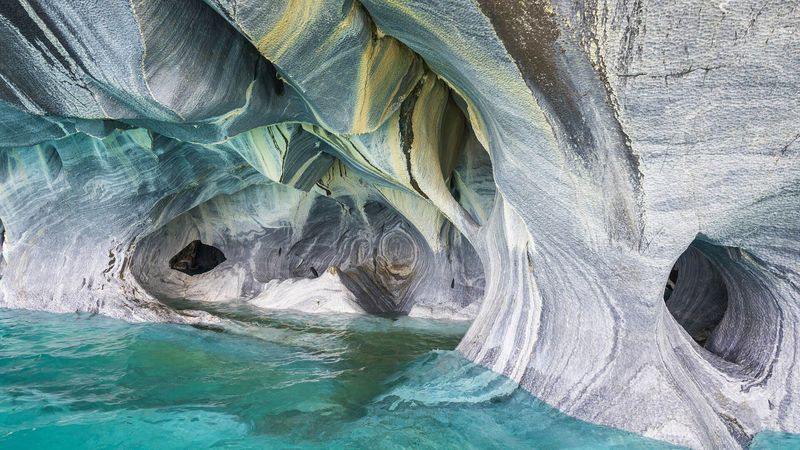
Wild and untamed, Chile’s Aysén region remains one of Patagonia’s best-kept secrets. Marble caves swirl with turquoise waters while hanging glaciers cling to mountainsides in this remote paradise.
Road-trippers will fall in love with the Carretera Austral, a 770-mile highway cutting through valleys, fjords, and rainforests with barely another car in sight. Fly fishing enthusiasts flock to the crystal-clear rivers teeming with trout and salmon.
Small eco-lodges provide cozy retreats after days spent kayaking, hiking, or horseback riding through pristine wilderness. The region’s isolation has preserved both its natural wonders and the traditional gaucho culture that still thrives here.
3. Faroe Islands Cliffs
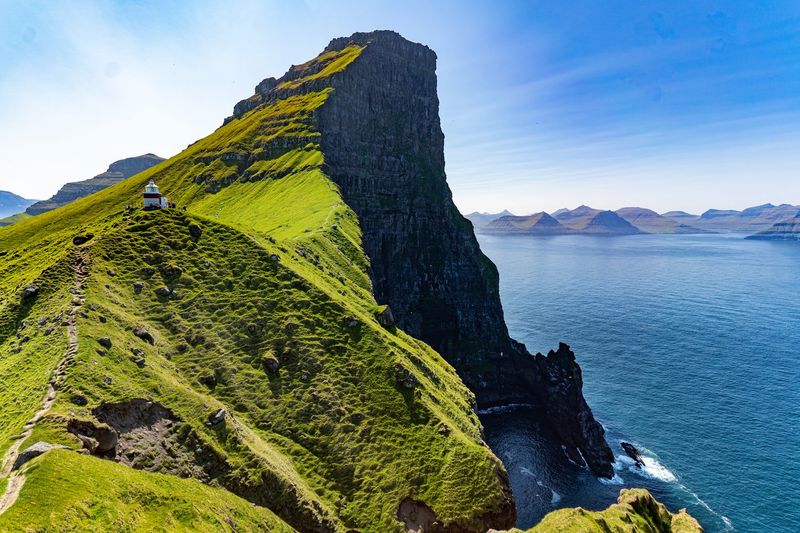
Halfway between Iceland and Norway, these dramatic North Atlantic islands feel like stepping into a fantasy novel. Vertical sea cliffs plunge hundreds of feet into churning waters while puffins and kittiwakes soar overhead.
The hike to Kallur Lighthouse on Kalsoy Island rewards brave souls with vertigo-inducing views that few tourists ever witness. Waterfalls seem to defy gravity as they’re blown upward by fierce winds along coastal paths.
Traditional grass-roofed houses dot landscapes so green they seem almost artificially enhanced. Weather changes in minutes from sunshine to sideways rain, creating an ever-shifting atmosphere that photographers dream about. The isolation and raw elements create an adventure that feels genuinely untamed.
4. Tsingy de Bemaraha, Madagascar (Mind-Blowing)
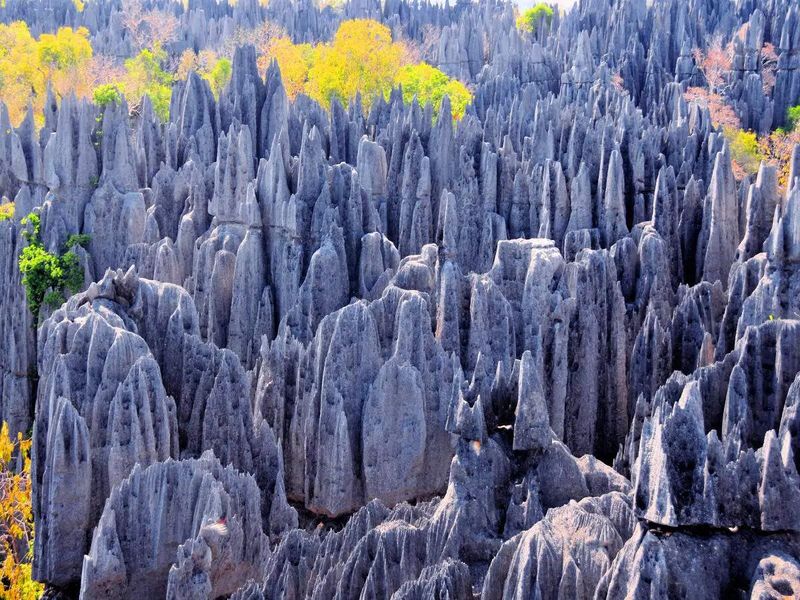
Imagine walking through a forest made entirely of razor-sharp limestone needles stretching toward the sky. Madagascar’s Tsingy presents exactly this otherworldly landscape, formed over millions of years by rainwater dissolving the underlying limestone.
Intrepid explorers navigate suspended bridges and fixed cables between these stone forests, home to lemurs and birds found nowhere else on Earth. The contrast between the grey stone spires and lush vegetation growing in crevices creates a surreal juxtaposition.
Access requires serious commitment—bumpy roads, river crossings, and limited infrastructure keep casual tourists away. Those who make the journey witness one of nature’s most bizarre and awe-inspiring geological formations, a true labyrinth of stone that seems to belong on another planet.
5. Bardia National Park, Nepal
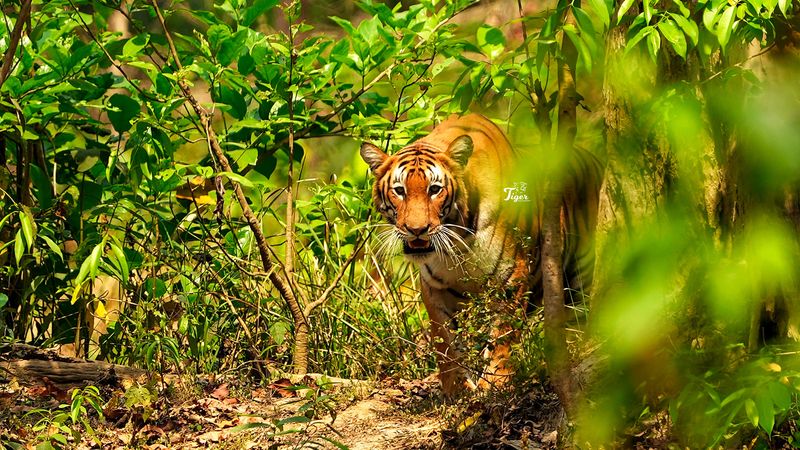
While Chitwan gets all the attention, Bardia offers Nepal’s most authentic wildlife experience without the crowds. This pristine wilderness hosts wild elephants, one-horned rhinos, and healthy populations of Bengal tigers.
Guided jungle walks create heart-pounding moments as you track fresh tiger prints through sal forests. The Karnali River forms the park’s western boundary, where gharial crocodiles sun themselves on sandbars.
Local Tharu communities welcome visitors with traditional stick dances and organic meals grown in surrounding villages. Early mornings reveal deer emerging from morning mist while eagles soar overhead. With fewer than 10,000 annual visitors (compared to Chitwan’s hundreds of thousands), Bardia offers wildlife encounters that feel genuinely wild and unscripted.
6. Lofoten Islands, Norway
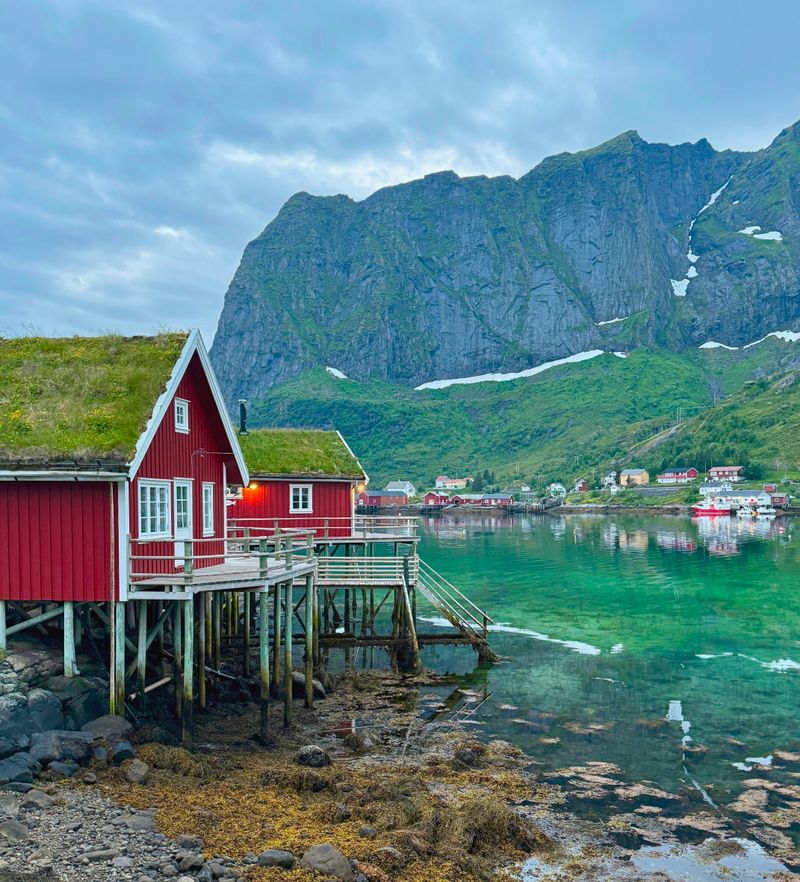
Arctic perfection awaits in these islands where jagged mountains plunge directly into deep fjords. Red fishing cabins (rorbuer) perch on stilts above crystal waters that somehow remain unfrozen despite the northern latitude.
Summer brings the midnight sun, perfect for 3AM hikes up Reinebringen for panoramic views without another soul in sight. Winter transforms the landscape into a northern lights playground, with green auroras dancing above snow-covered peaks.
Surfers brave frigid waters at Unstad Beach for Arctic waves while climbers tackle routes on granite walls. The islands’ unique geography creates microclimates where temperatures remain surprisingly moderate year-round. Despite growing popularity, vast stretches remain untouched by tourism, especially in the outer islands.
7. Socotra Island, Yemen (Mind-Blowing)
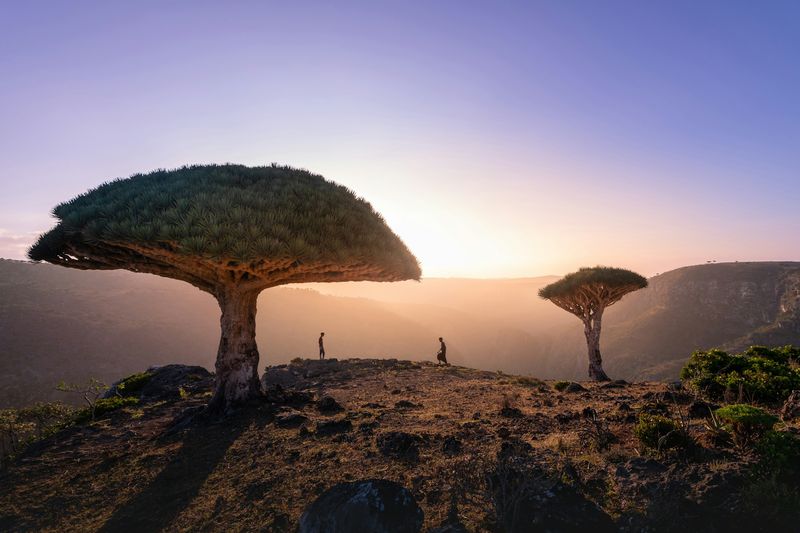
Welcome to Earth’s most alien landscape, where dragon blood trees spread their umbrella-shaped canopies across otherworldly plateaus. This isolated island in the Arabian Sea evolved separately for millions of years, resulting in bizarre plant species found nowhere else.
Desert rose trees with swollen trunks store water like botanical water towers. Pristine beaches remain completely undeveloped, with only occasional fishermen casting nets in turquoise waters.
Political isolation has preserved Socotra from mass tourism despite its UNESCO status. Homestays with local families offer genuine cultural immersion with Socotri people whose language predates Arabic. Camping beneath star-filled skies surrounded by botanical oddities creates an experience that truly feels like visiting another planet within our own world.
8. Kamchatka Volcano Trails
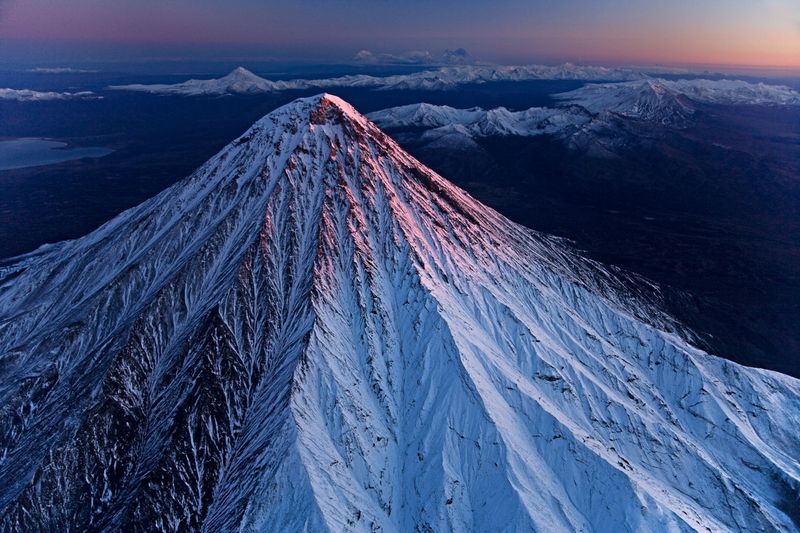
Russia’s wild eastern peninsula houses more active volcanoes than anywhere else on Earth. Steam rises from countless geothermal vents while brown bears fish for salmon in rivers untouched by human development.
Helicopter drops leave adventurous hikers at the base of perfect cone-shaped volcanoes like Klyuchevskaya Sopka. Hot springs provide natural hot tubs after days traversing ash fields and solidified lava flows.
Logistical challenges and permit requirements keep visitor numbers extremely low despite the extraordinary landscapes. The Valley of Geysers erupts with clockwork precision, showcasing Earth’s raw power. Kamchatka’s isolation requires serious planning but rewards visitors with pristine wilderness that few humans have ever witnessed.
9. Sierra de Gredos, Spain
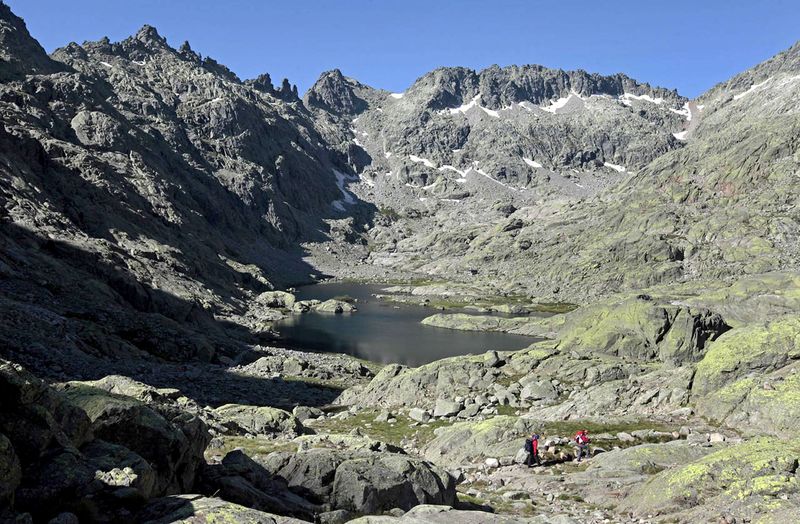
Just hours from Madrid lies a mountain range most international visitors never discover. Granite peaks create a stunning backdrop for alpine meadows where Spanish ibex graze fearlessly, unaccustomed to human presence.
Medieval villages with stone houses and cobbled streets provide charming bases for exploration. Laguna Grande sits in a dramatic cirque surrounded by jagged peaks, perfect for wild swimming during summer months.
Stargazing here reveals the Milky Way with extraordinary clarity thanks to minimal light pollution. Unlike the overcrowded Pyrenees or Picos de Europa, Gredos offers solitude on well-maintained trails with mountain refuges providing rustic overnight accommodation. The authentic rural Spanish culture remains intact, with traditional shepherds still grazing livestock on summer pastures.
10. Zhangjiajie Forest, China (Mind-Blowing)
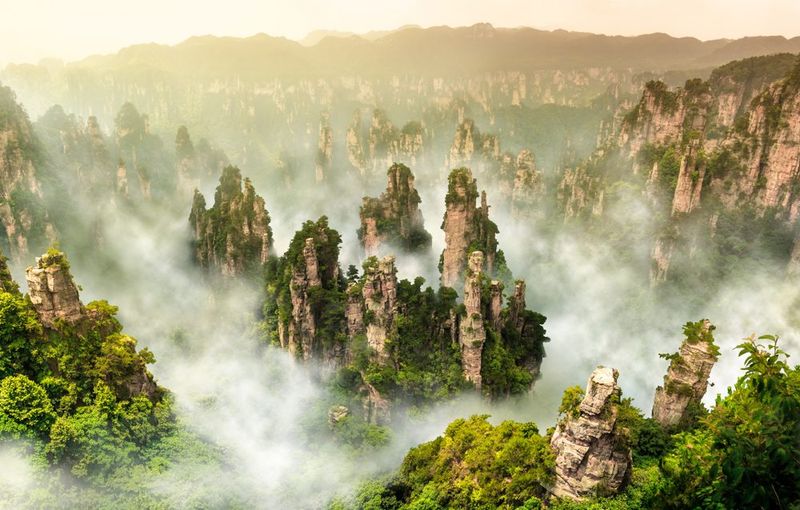
If Avatar’s floating mountains seemed impossible, Zhangjiajie proves nature sometimes outdoes imagination. Thousands of sandstone pillars rise through mist, creating a landscape so surreal it literally inspired Pandora’s design.
Glass walkways and the world’s tallest outdoor elevator provide heart-stopping perspectives for those brave enough. Despite being a national park, most visitors stick to a few famous viewpoints, leaving countless trails virtually deserted.
Morning fog transforms the forest into a dreamscape as monkeys swing through trees below towering stone columns. Hidden caves and natural bridges connect various sections of this geological wonderland. While Chinese tourists flock to certain spots, Western visitors remain rare, making it possible to experience profound solitude among some of Earth’s most spectacular formations.
11. Lake Natron, Tanzania
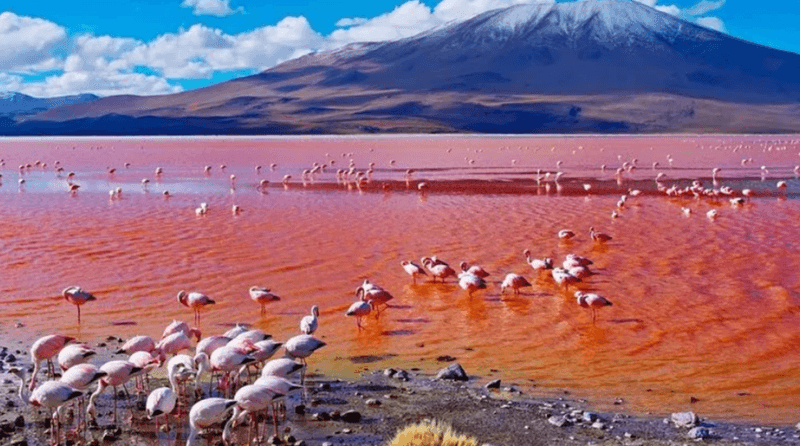
Blood-red waters stretch toward the horizon at this alkaline lake where few creatures survive except millions of flamingos. The caustic water’s pH level approaches that of ammonia, creating a landscape that appears almost apocalyptic.
Active volcano Ol Doinyo Lengai (Mountain of God) looms over the crimson waters, occasionally erupting with unusual black lava. Maasai guides lead hikes to hidden waterfalls that provide refreshing contrast to the harsh lake environment.
Lack of development means camping under stars in basic accommodations with no light pollution. Sunrise transforms the lake into a mirror of pink and red hues that photographers dream about. The extreme conditions and remote location keep tourist numbers minimal, preserving one of Africa’s most unusual and visually striking natural wonders.
12. Al Hajar Mountains, Oman
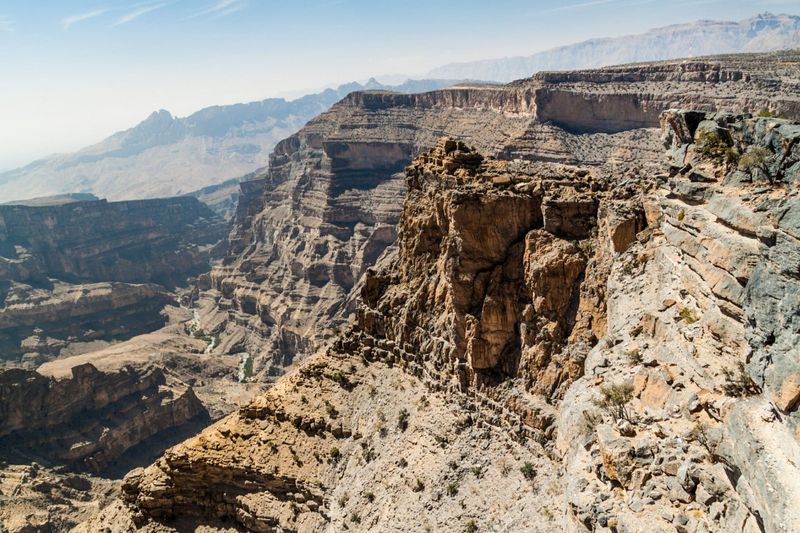
Jagged limestone peaks cut dramatically against clear blue skies in Oman’s highest mountain range. Ancient villages cling to cliff sides where terraced agriculture has sustained communities for thousands of years.
The famous Balcony Walk along Jebel Shams (Mountain of Sun) skirts the edge of Oman’s Grand Canyon, with vertigo-inducing drops of over 1,000 meters. Wadis (dry riverbeds) transform into lush oases with natural swimming holes between towering canyon walls.
Mountain goats navigate impossible slopes while eagles soar on thermals rising from sun-baked rocks. Unlike neighboring UAE’s development frenzy, Oman has preserved its traditional culture and pristine landscapes. The contrast between barren mountains and vibrant green oases creates a visual drama few other destinations can match.
13. Isle of Eigg, Scotland
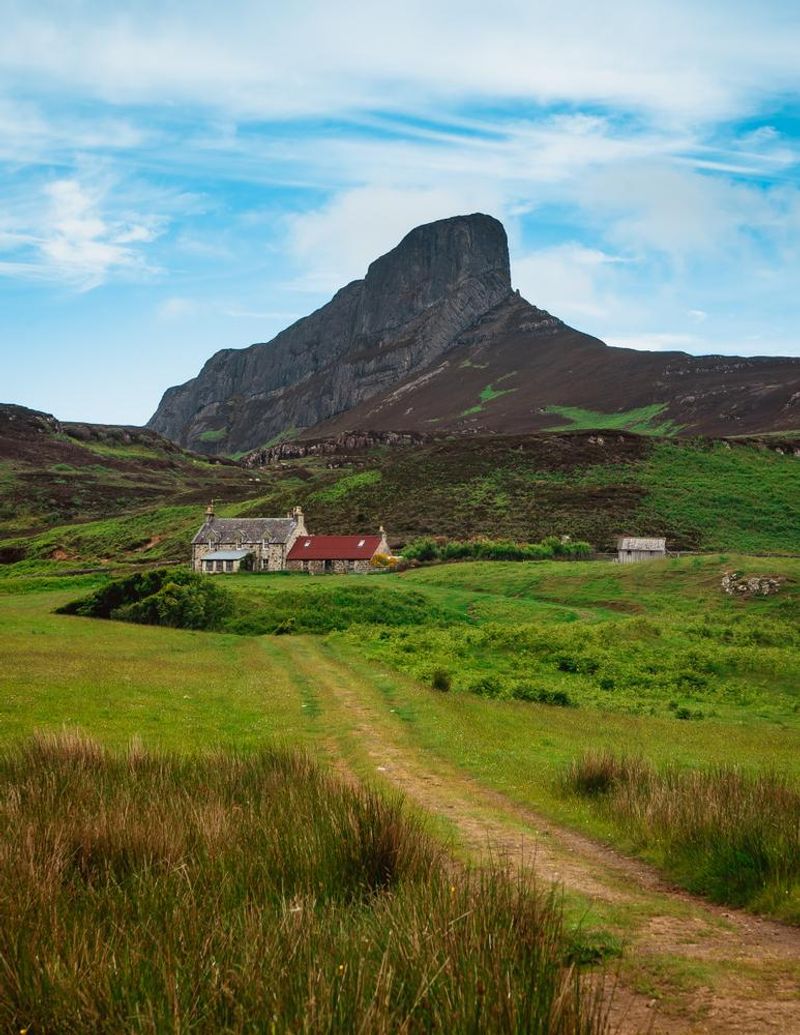
This tiny Hebridean island offers big adventure with Scotland’s most dramatic sea cliff—the imposing An Sgùrr pitching straight into Atlantic waters. Community-owned since 1997, Eigg runs entirely on renewable energy, making it a pioneer in sustainable island living.
Hiking across this compact paradise reveals pristine beaches where seals outnumber humans. The Singing Sands beach earned its name from the unique quartz sand that actually squeaks underfoot when walked upon.
Local crofters welcome visitors with legendary Scottish hospitality in this tight-knit community of just 100 residents. Eagles and otters make regular appearances while crossing to neighboring islands by small boat adds maritime adventure. The island’s commitment to sustainability and self-sufficiency creates an inspiring model rarely seen elsewhere.
14. Kalbarri National Park, Australia
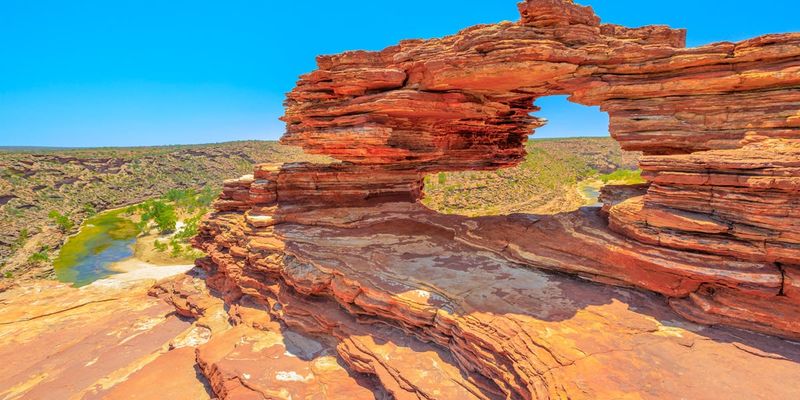
Western Australia’s hidden treasure combines rust-red gorges with wildflower-covered coastal cliffs. The recently opened Skywalk extends over Murchison Gorge, providing heart-stopping views from transparent platforms hovering in mid-air.
Nature’s Window forms a perfect rock frame for river views, creating Instagram gold without the crowds you’d find at similar formations elsewhere. Ancient Zuytdorp Cliffs plunge 100 meters straight into the Indian Ocean, where whales migrate just offshore.
Aboriginal dreamtime stories explain the stunning rock formations, adding cultural depth to the natural beauty. Between July and October, over 800 wildflower species explode across the landscape in a riot of color. The park’s remote location keeps it pristine despite being accessible by regular roads, unlike many Australian wilderness areas requiring 4WD access.
15. Valle de Cocora, Colombia
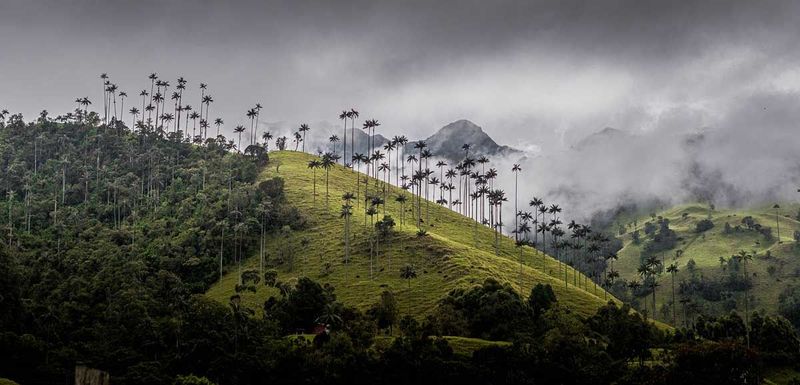
Imagine emerald-green valleys dotted with the world’s tallest palm trees stretching toward cloud-covered Andean peaks. Colombia’s Cocora Valley presents exactly this surreal landscape, home to wax palms reaching heights of 60 meters.
Horseback rides through misty mountains reveal hidden waterfalls and hummingbird sanctuaries. Traditional fincas (farms) serve locally grown coffee after exhilarating hikes through forest and pasture.
Colorful Salento town provides the perfect base, with rainbow-painted balconies and street vendors selling freshly fried patacones. Morning fog creates dreamy conditions as it swirls around the slender palm trunks. Despite growing popularity, the valley’s vast size means finding solitude remains easy for those willing to venture beyond the main trail loop.
16. Triglav National Park, Slovenia
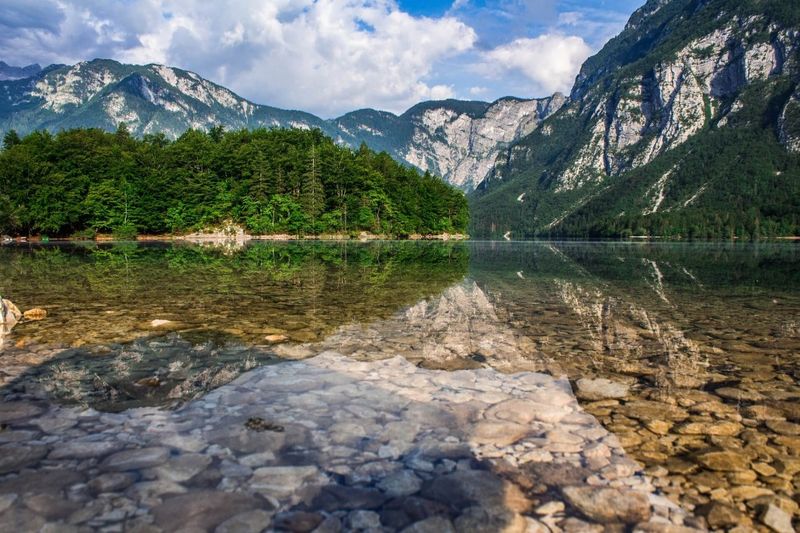
Slovenia’s alpine jewel hides between more famous European mountain ranges, offering emerald rivers and jagged peaks without Alps-sized crowds. Lake Bohinj reflects perfect mountain panoramas while providing a less touristy alternative to famous Lake Bled nearby.
The Soča River’s impossible turquoise color creates a striking ribbon through forested valleys where Ernest Hemingway set scenes from A Farewell to Arms. Mountain huts serve hearty stews and local schnapps to hikers tackling the challenging ascent of Mount Triglav, Slovenia’s highest peak.
Historic WWI sites dot the landscape, with restored trenches and bunkers offering somber historical perspective. The park’s location at the junction of Alpine, Mediterranean and Continental climates creates extraordinary biodiversity in a relatively compact area, perfect for multi-day treks between comfortable mountain refuges.
17. Picos de Europa, Spain
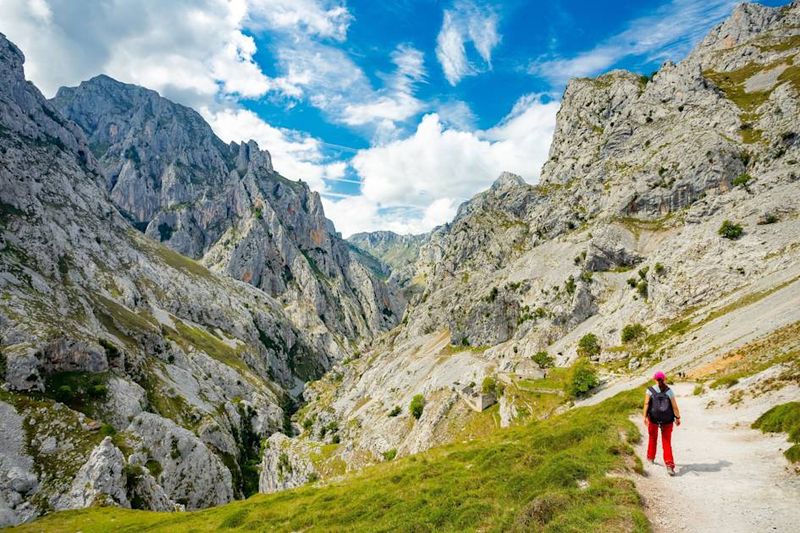
Jagged limestone peaks rise dramatically from Spain’s northern coast, creating an alpine playground just 20km from Atlantic beaches. Unlike the Pyrenees, these mountains remain largely undiscovered by international tourists despite offering equally spectacular scenery.
Traditional cheese-making villages dot verdant valleys where wolves and bears still roam remote sectors. The Cares Gorge trail cuts through mountains via tunnels and ledges blasted into cliff faces, creating one of Europe’s most dramatic day hikes.
Funicular railways provide access to high-altitude viewpoints without strenuous climbing for less adventurous visitors. The unique location creates a fascinating climate mix where Mediterranean flora meets Alpine conditions. Local sidrerías (cider houses) pour traditional Asturian cider from height into wide glasses, creating the perfect post-hike refreshment in authentic mountain villages.
18. Simien Mountains, Ethiopia
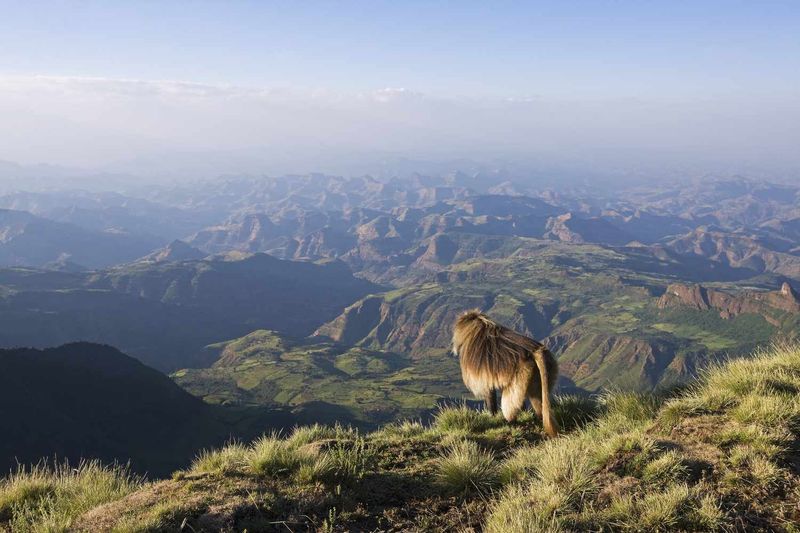
Africa’s Grand Canyon stretches across Ethiopia’s highlands, where sheer escarpments drop over 1,500 meters to valleys below. Endemic gelada baboons with lion-like manes graze on plateau grasslands, unbothered by respectful visitors.
Local guides lead treks between simple camps, sharing knowledge of rare Ethiopian wolves and walia ibex that inhabit these lofty heights. Traditional villages welcome trekkers with coffee ceremonies and injera bread shared around communal plates.
The thin air at 3,000+ meters creates breathtaking stargazing opportunities after sunset. Despite UNESCO World Heritage status, tourist numbers remain surprisingly low compared to similar landscapes elsewhere. The combination of dramatic geology, unique wildlife, and authentic cultural experiences makes the Simiens a standout adventure destination that remains wonderfully underrated.
19. Madeira’s Levada Trails
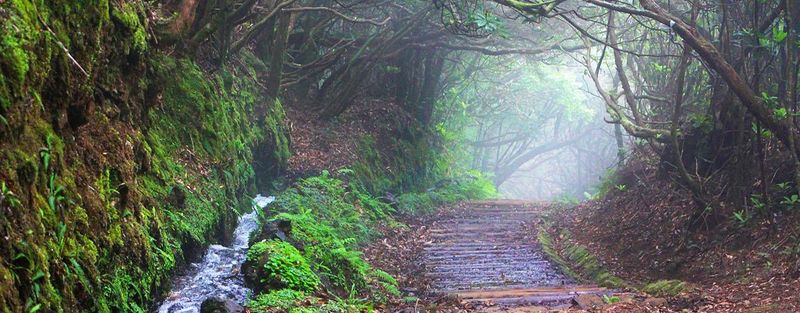
Portugal’s Atlantic island boasts a unique hiking network following irrigation channels that have carried water across steep terrain for centuries. These levada trails cut horizontally along otherwise impassable cliffs, offering relatively flat walking despite the mountainous landscape.
Tunnels carved through solid rock lead to hidden waterfalls and laurel forests preserved since prehistoric times. The island’s volcanic origins created dramatic coastlines where cliffs plunge hundreds of meters directly into deep Atlantic waters.
Year-round mild climate means hiking remains possible even in winter months when mainland Europe shivers. Madeira wine tastings in traditional quintas (estates) provide delicious post-hike refreshment. Despite growing popularity, dozens of lesser-known levada paths remain peaceful even during peak seasons, with only the sound of water flowing through ancient channels to accompany adventurous hikers.
20. Torres del Paine, Chile (Mind-Blowing)
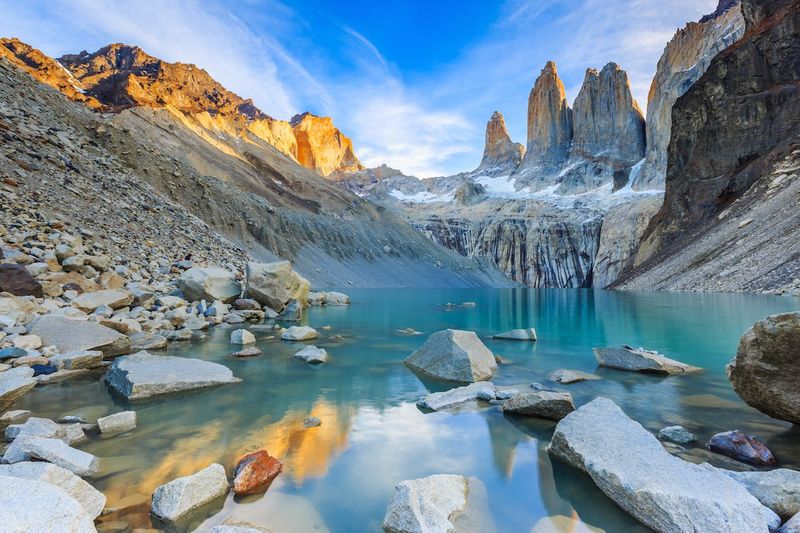
Patagonia’s crown jewel presents nature at its most dramatic—granite towers thrust skyward from turquoise lakes while rare pumas prowl windswept grasslands. The W Trek ranks among hiking’s greatest hits, connecting hanging glaciers, forests, and viewpoints over 5 unforgettable days.
Guanacos (wild llama relatives) graze peacefully while massive condors soar overhead on 3-meter wingspans. Unpredictable weather creates ever-changing light conditions that photographers chase across the landscape.
Refugios (mountain huts) offer welcome shelter from Patagonia’s famous winds after days spent crossing terrain shaped by glacial forces. Despite growing popularity, the park’s vast size means solitude remains possible for those willing to explore beyond famous viewpoints. The raw power of this landscape leaves visitors forever changed, with memories of impossibly blue ice and twisted peaks that haunt dreams long after returning home.
21. Fiordland National Park, NZ (Mind-Blowing)
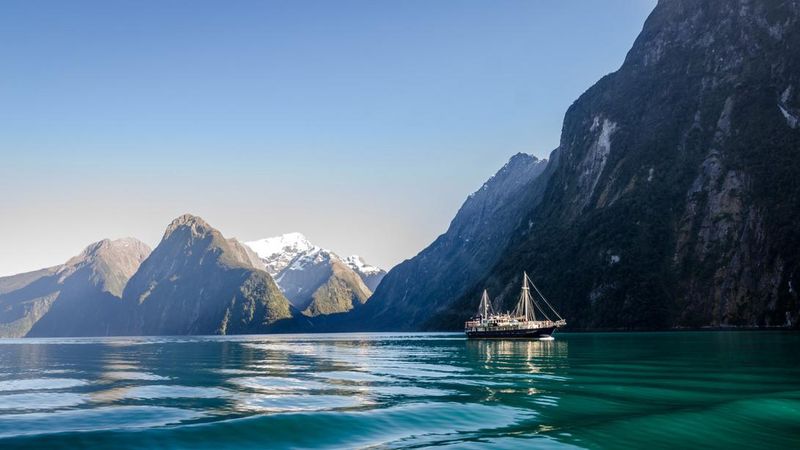
Rain-drenched wilderness covers New Zealand’s southwestern corner, where fjords cut deep into mountains rising directly from the Tasman Sea. Milford Sound gets attention, but neighboring Doubtful Sound offers equally spectacular scenery with a fraction of visitors.
Waterfall numbers multiply exponentially during rainfall, with hundreds of temporary cascades appearing alongside permanent ones like Sutherland Falls (580m). Native kea parrots—the world’s only alpine parrot species—entertain hikers with mischievous antics and surprising intelligence.
Multi-day treks like the Kepler and Routeburn connect diverse ecosystems from alpine meadows to rainforest valleys. The extreme isolation means experiencing genuine wilderness just hours from civilization. Despite featuring in countless films and photographs, nothing prepares visitors for the scale and raw beauty of Fiordland’s untamed landscapes.
22. El Chaltén, Argentina
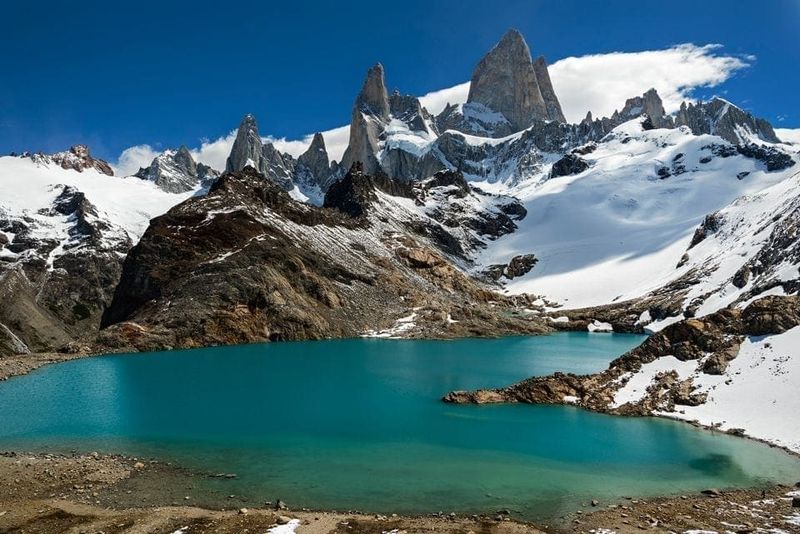
Argentina’s self-proclaimed trekking capital sits at the foot of some of the world’s most photogenic mountains. Mount Fitz Roy’s distinctive spire dominates the skyline, creating the iconic logo seen on Patagonia clothing worldwide.
Free hiking trails lead directly from town to spectacular viewpoints without permits or entrance fees. Glacial lakes in impossible shades of blue reward hikers willing to tackle challenging ascents.
The town itself maintains a frontier feel with craft breweries and climber-filled hostels creating a vibrant atmosphere during summer months. Complete lack of phone service throughout the region forces digital detox, connecting visitors more deeply with the landscape. Despite growing fame, El Chaltén remains refreshingly uncommercial compared to similar mountain towns elsewhere, with dirt roads and simple services maintaining its adventurous character.
23. Rila Mountains, Bulgaria
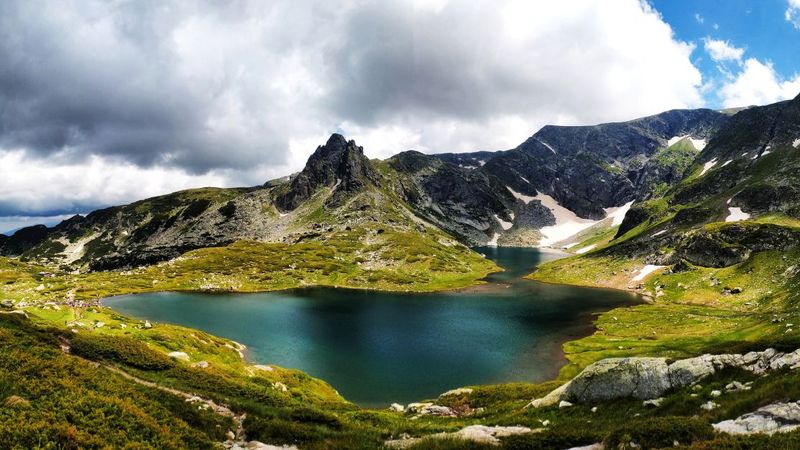
Eastern Europe’s highest peaks harbor pristine lakes, remote monasteries, and surprisingly affordable adventure. The Seven Rila Lakes form a cascading chain of glacial pools connected by streams and waterfalls, creating Bulgaria’s most spectacular day hike.
Rila Monastery nestles between forested slopes, its colorful frescoes and striped architecture providing cultural contrast to natural wonders. Brown bears still roam these mountains, though encounters remain extremely rare for hikers.
Winter transforms the landscape into a budget-friendly ski destination with fraction of Western European prices. Mountain huts serve hearty shopska salads and rakia (fruit brandy) to tired hikers. Despite containing Bulgaria’s most visited natural and cultural sites, international tourists remain relatively uncommon, with domestic visitors predominating even during peak summer weekends.
